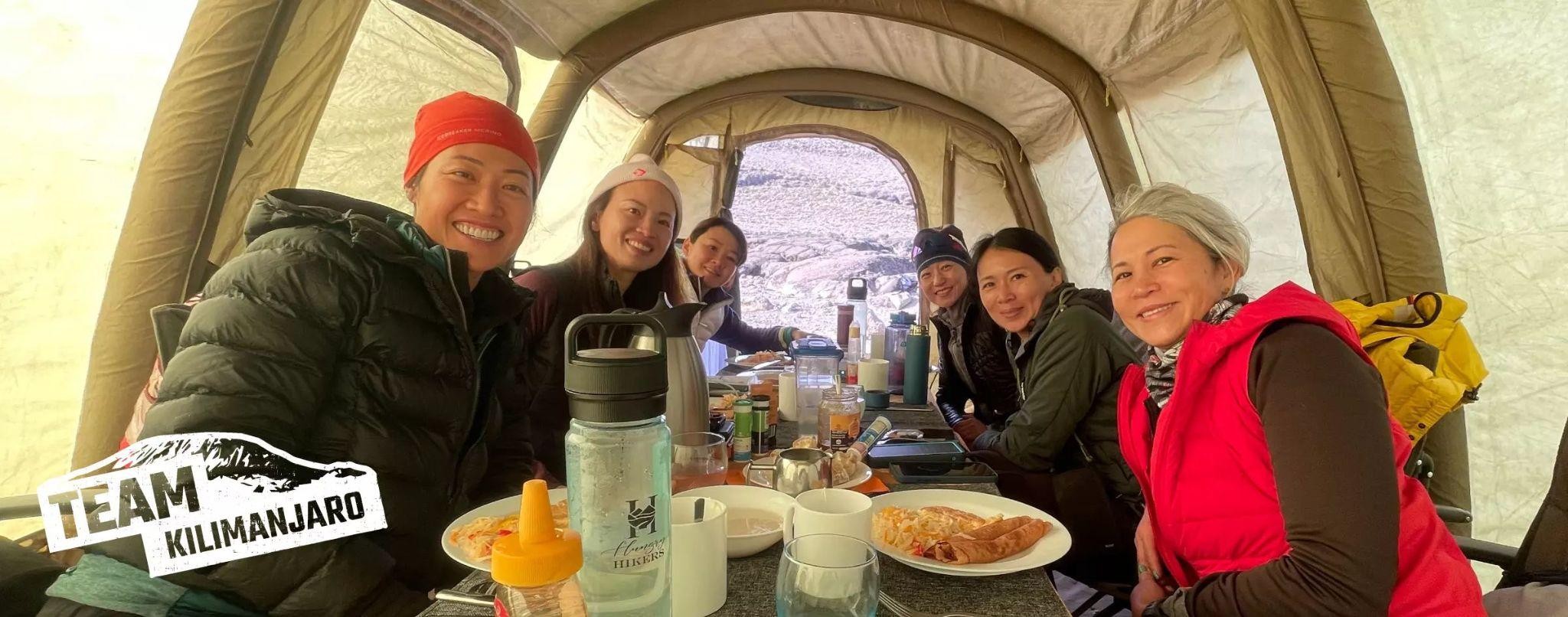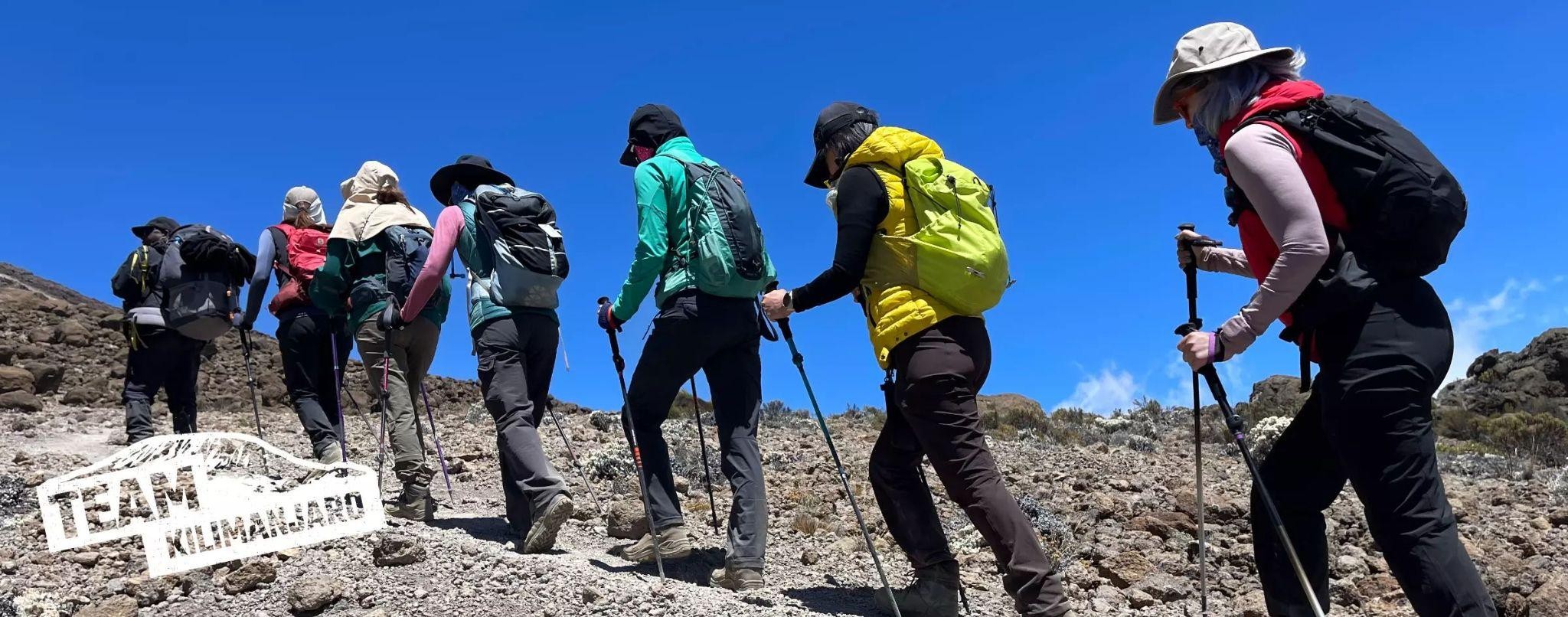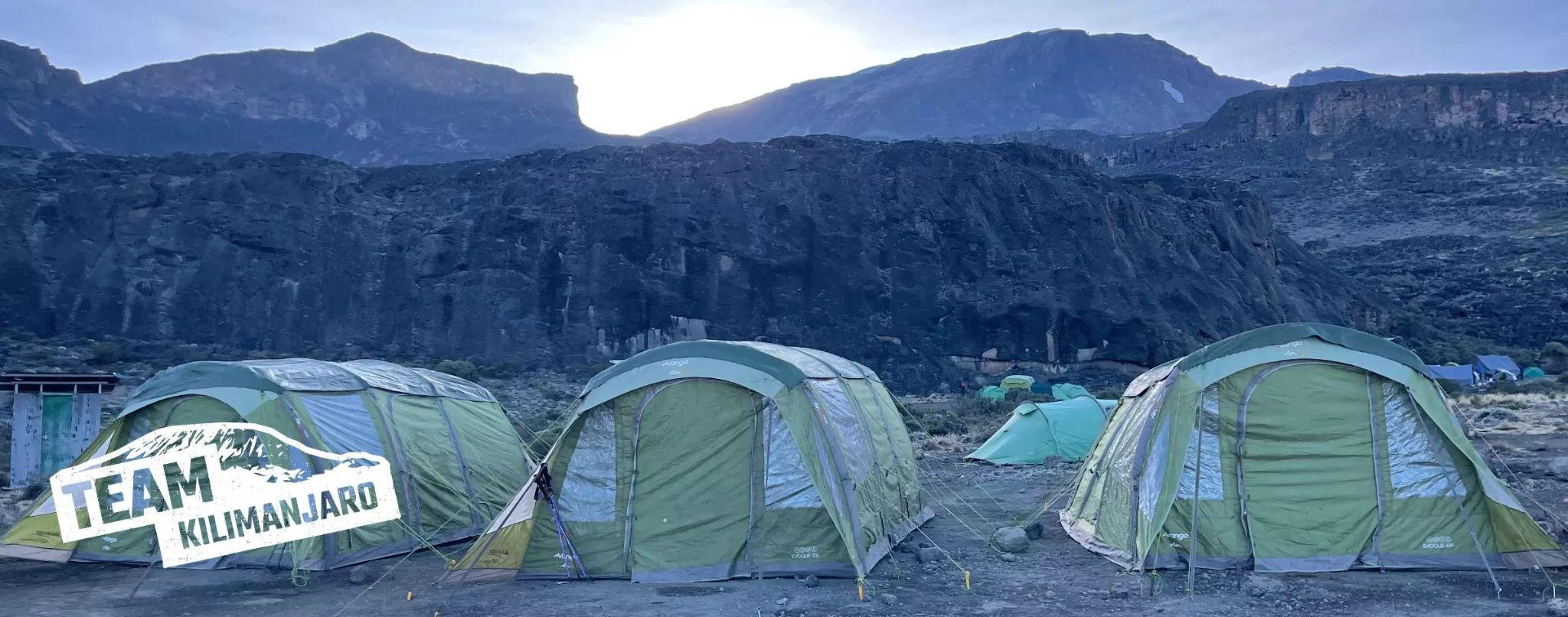Wings and Walking on Kilimanjaro: A Nature-Lover’s Guide to Africa’s Highest Peak
I have always loved watching birds. The patience it demands — stillness, quiet observation, learning to move slowly — has shaped the way I travel. It’s also what drew me to climb Kilimanjaro, a challenge that, despite its reputation as one of the world’s great trekking adventures, is just as rewarding for those who seek wild encounters with nature.
Forest Songs at the Foot of a Giant
Kilimanjaro isn’t just Africa’s tallest mountain; it’s a vertical journey through five distinct ecological zones, each one home to a unique bird community. On the lower slopes, dense montane forest hums with life. The air here is thick with the calls of turacos, bee-eaters, and the bright flashes of sunbirds darting between blossoms.
This is where most treks begin — often on routes like Lemosho or Machame — and where the relationship between birdwatcher and climber becomes clear: progress is slow, and attention to detail is rewarded. The forest canopy hides a thousand stories, and the slower you ascend, the more you notice.
Climbing Higher, Watching Closer

Above the forest, the landscape shifts. Heather and moorland replace towering trees, and so too does the birdlife adapt. Alpine chat, augur buzzards, and white-necked ravens become your companions. On one morning I stopped mid-ascent, not for breath but to watch a lammergeier — a rare bearded vulture — circling effortlessly in the thin air.
Moments like these remind you that a Kilimanjaro climb is not a race. Success depends on pacing, acclimatisation, and patience — the same qualities that make a good birdwatcher. Choosing a route that allows more days (seven to nine rather than five or six) isn’t just safer for altitude; it’s also richer for observation. As you plan, it’s worth asking how long it takes to climb Kilimanjaro and selecting an itinerary that lets you enjoy the journey as much as the summit.
Skyward to the Summit
The final ascent is stark and silent. Vegetation gives way to volcanic scree and ice. The only birds you might see here are ravens, opportunistic and unbothered by the altitude. Yet this emptiness is part of the experience: a reminder of the immense vertical range you’ve covered since leaving the forest far below.
Reaching Uhuru Peak at 5,895 metres is a powerful moment, but it’s the transitions that make the journey unforgettable — from tropical woodlands alive with birdsong to the frozen roof of Africa where life thins and sky dominates.
Choosing the Best Season

For birdwatchers, timing a climb is about more than weather. The best time to climb Kilimanjaro is typically during the dry seasons (January to March or June to October), when trails are more manageable and visibility is at its best. These months also coincide with key periods of avian activity, especially breeding seasons and migratory arrivals in the forest zone.
If you’re particularly interested in birdlife, consider a shoulder-season trek in late March or early November. While there’s more chance of rain, the forests are vibrant and alive with seasonal visitors.
A Journey Beyond the Summit
Climbing Kilimanjaro is often described as a physical challenge — and it is — but for me, it was also a journey of natural discovery. The same skills that make a good birder — patience, observation, curiosity — make a good climber. And in return, the mountain offers more than a summit photo: it offers an immersion in one of Africa’s most dramatic vertical ecosystems.
For those who love nature, few adventures combine movement and stillness, effort and observation, quite like Kilimanjaro. It is, in the truest sense, a place where wings and walking meet.







